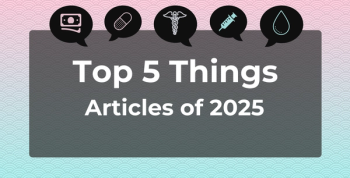
Wearable Sensor May Help Reduce Subsequent Heart Failure Hospitalization, Costs
Eighty percent of annual costs for heart failure come from hospitalization for the condition, which more than 23 million persons suffer from worldwide, 6.2 million (27%) in the United States alone. These costs are estimated to increase almost 58% between 2012 and 2030, from $30.7 billion to $53 billion.
Eighty percent of annual costs for
Surgical solutions to reduce these costs have shown promise, but the effectiveness of nonsurgical methods remains unknown. Study
“If we can identify patients before heart failure worsens and if doctors have the opportunity to change therapy based on this novel prediction, we could avoid or reduce hospitalizations, improve patients’ lives and greatly reduce health care costs,”
There were 100 patients in the phase 2
After study participants were instructed on their use, the sensors had to be worn all day and between 30 and 90 days after discharge for a baseline HF exacerbation hospitalization. Data were collected from August 2015 through December 2016. At the baseline visit, the median (SD) blood pressure readings were 130 (27) mm Hg for systolic and 74 (16) mm Hg for diastolic. These values varied slightly during the study follow-up, coming in at 132 (26) and 75 (16) mm Hg for SBP and DBP, respectively, in the 75 patients who did not require subsequent hospitalization for HF and 124 (28) and 71 (17) mm Hg for the 25 patients who did.
The cloud-based data collected were analyzed via
“The platform was able to detect the risk of hospitalization for worsening of HF with 76.0% to 87.5% sensitivity and 85% specificity,” the authors noted. In addition, they believe that the 6.5-to-8.5-day range is a valuable window in which to introduce an intervention to prevent the hospitalization.
However, they say additional investigations are needed to evaluate the accuracy of predicting risk of HF using nonsurgical methods. They also hope to utilize the same algorithm from this study to assess the effects of changing treatment based on its alerts.
A team at Cedars-Sinai recently tested
References
Stehlik J, Schmalfuss C, Bozkurt B, et al. Continuous wearable monitoring analytics predict heart failure hospitalization. Circ Heart Fail. 2020;13(3):e006513. doi: 10.1161/CIRCHEARTFAILURE.119.006513.
Newsletter
Stay ahead of policy, cost, and value—subscribe to AJMC for expert insights at the intersection of clinical care and health economics.







































